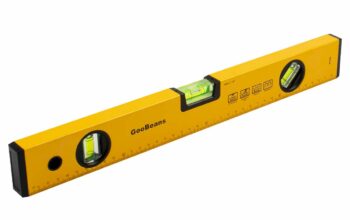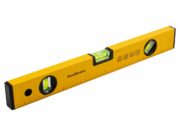The exploration of quantum computing has revealed a fascinating and perplexing component of quantum mechanics: the qubit. Unlike its classical counterpart, the classical bit, which can exist solely in a state of 0 or 1, the qubit embodies the principles of superposition and entanglement, leading to a remarkable array of possibilities. The question then arises: how many states can a qubit possess? Delving into this query invites a playful examination of quantum states while simultaneously uncovering the profound implications of qubits in quantum computation.
A qubit, the fundamental unit of quantum information, can be represented mathematically as a linear combination of its basis states, typically denoted as |0⟩ and |1⟩. This ability to exist in multiple states simultaneously is a cornerstone of quantum mechanics. But what precisely does this mean for the number of states a qubit can occupy? To explore this, one must first understand the concept of superposition.
In classical computing, a bit is in a definitive state of either 0 or 1. However, due to superposition, a qubit can be in a state that is a combination of both |0⟩ and |1⟩. Mathematically, this can be expressed as:
|ψ⟩ = α|0⟩ + β|1⟩
Here, α and β are complex coefficients that dictate the probability amplitudes of measuring the qubit in either state. The absolute square of these coefficients (|α|² and |β|²) represent the probability of the qubit collapsing to either |0⟩ or |1⟩ upon measurement. Therefore, when considering the states of a qubit, we must recognize that it does not simply possess two definitive states but rather an infinite continuum of possibilities, constrained only by the complex coefficients’ normalization condition: |α|² + |β|² = 1.
This continuum poses an intriguing challenge: at any given moment, a qubit exists in a probabilistic state defined by the superposition of |0⟩ and |1⟩, yet collapses into one of these states when observed. Thus, the elegance of the qubit lies not merely in its duality, but in its potential to embody any point on the Bloch sphere — a geometrical representation of the state space of a qubit.
The Bloch sphere illustrates that a qubit can be visualized as a point on or within a sphere, where any point on the surface represents a unique quantum state. The poles correspond to the basis states |0⟩ and |1⟩, while any point along the equator represents equal probabilities of both states. This visualization indicates an infinite number of states lie within the confines of the sphere, demonstrating that a qubit is not limited merely to the binary concept intrinsic to classical bits.
Moreover, this characteristic of qubits extends beyond mere probabilities to encompass the phenomenon of entanglement — a defining attribute of quantum mechanics. When qubits become entangled, their states are interconnected in such a way that measuring one qubit instantly determines the state of the other, regardless of the distance separating them. This fact introduces a fascinating layer of complexity into the operating characteristics of qubits and broadens the scope of their functionality in quantum computation.
It is paramount to realize that while a single qubit can represent an infinite number of states in superposition, it does so within the context of entanglement when interacting with additional qubits. For instance, two entangled qubits can coalesce to represent an exponential increase in state possibilities. Specifically, two qubits can embody four states simultaneously (|00⟩, |01⟩, |10⟩, |11⟩), while three entangled qubits can represent eight states, and so forth. This exponential growth continues as more qubits are introduced, culminating in an explosion of computational power that outstrips traditional computing paradigms.
Yet, with such power arises a challenge concerning decoherence, wherein the state of a qubit becomes disturbed due to interaction with its surrounding environment. This degradation compromises the superposition state, leading to loss of information — an issue critical to the realization of practical quantum computing. Consequently, quantum error correction and fault-tolerant quantum computations emerge as salient fields of research, striving to mitigate the challenges posed by decoherence and harness the potential of qubits effectively.
The inquiry into how many states a qubit can possess serves not only as a captivating investigation into quantum mechanics but also as a stepping-stone towards understanding the distinct capabilities of quantum computing. Through the lens of superposition and entanglement, the qubit emerges as a powerful unit of information that defies classical constraints, leading to new paradigms and innovative solutions to complex problems.
Ultimately, the quantum landscape is replete with enigmas. As researchers delve deeper into these phenomena, the dialogue surrounding qubits and their states continues to flourish. The playful question of how many states a qubit can truly occupy remains at the forefront of quantum research, inviting further exploration and rigorous inquiry into the nature of reality itself. Indeed, the complexities of quantum mechanics challenge our conventional understanding and beckon us toward new horizons of knowledge and technology.












